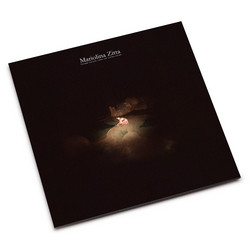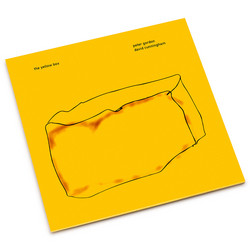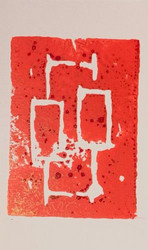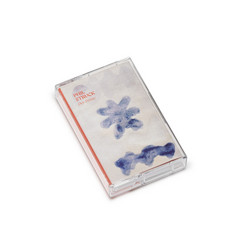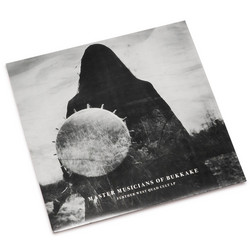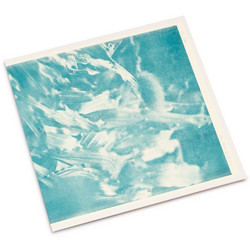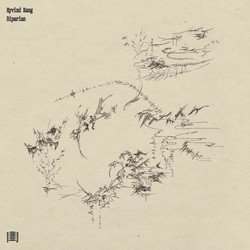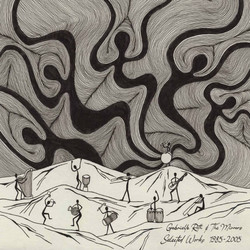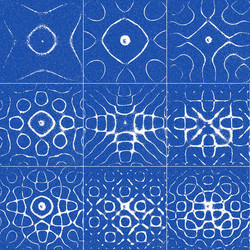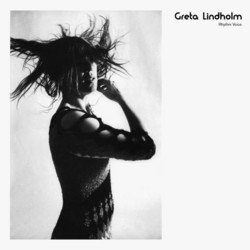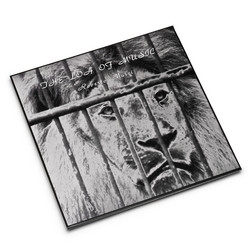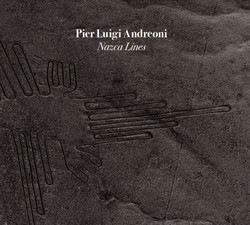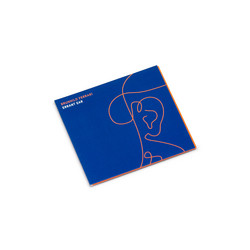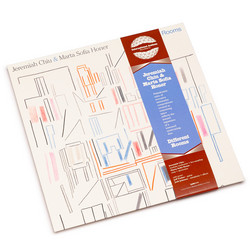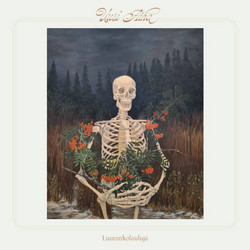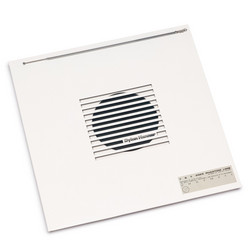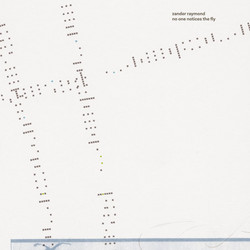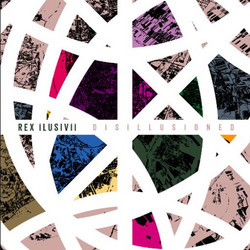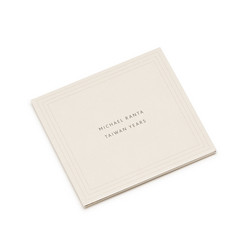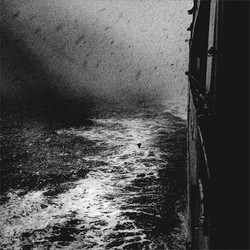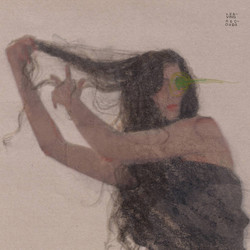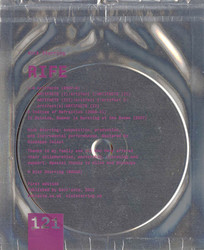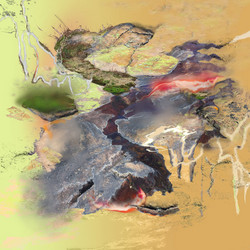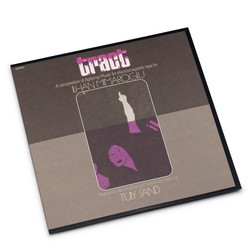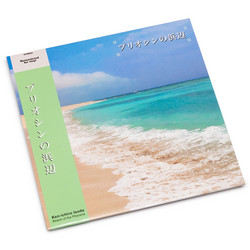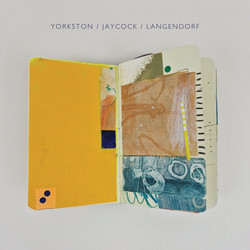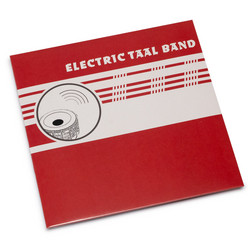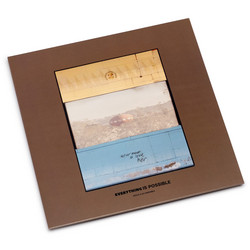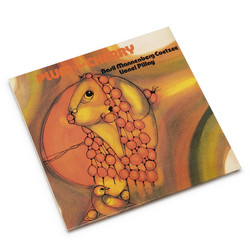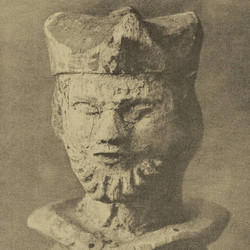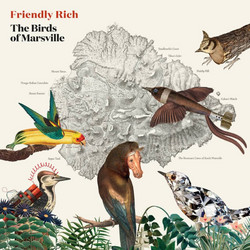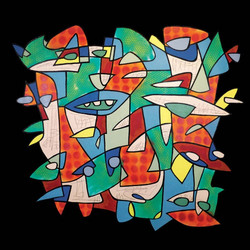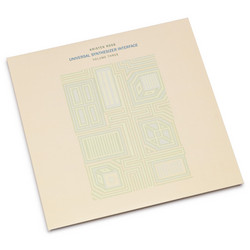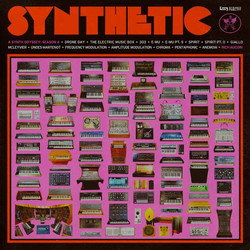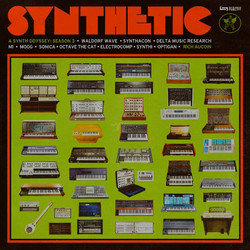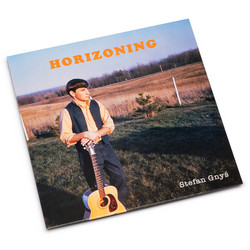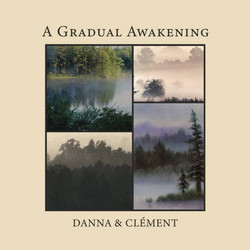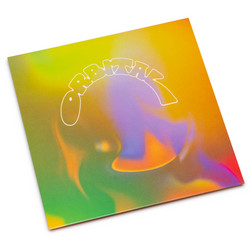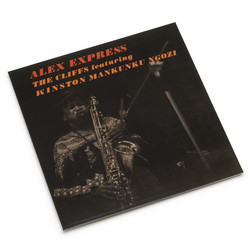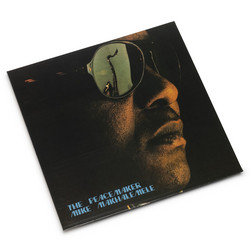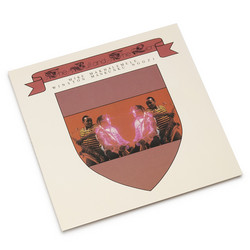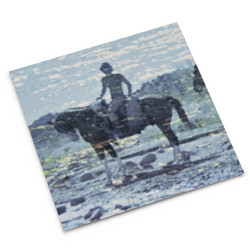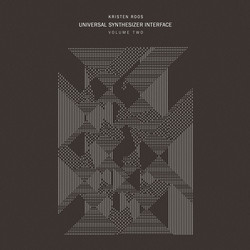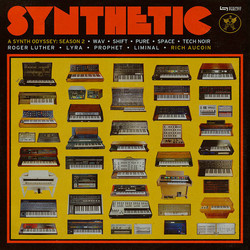With Mirante, Nick Storring expands his singular approach to composition by immersing himself in the landscapes, rhythms, and sonic atmospheres of Brazil. Released by We Are Busy Bodies, the album reflects Storring’s longstanding fascination with genre-blurring production and his keen sense of textural color. Shunning literal homage and obvious quotations, Storring creates a dreamlike cartography where percussion-heavy tracks such as “Falta de Ar” and “Terra da Garoa” rub shoulders with ambient and minimalist meditations like “Parque Tingui” and the triptych “Roxa I/II/III.” This is not an album of pastiche; instead, Storring configures acoustic and electric instruments—over forty in total—into flowing mosaics that slip between references to Brazilian dance halls, new wave, trip hop, and shimmering field recordings.
Mirante’s compositional architecture favors drift and evolution over repetition: melodies ripple across shifting percussion, snatches of voice or electronics flicker and disappear, and rhythmic cells re-emerge transformed. Storring’s “dogme95”-style limitations (no pure electronics, minimal processing) give rise to a curiously vivid sound world, at once expansive and warmly tactile. Having created much of the album in the context of collaborations with choreographer Yvonne Ng, Storring brings a sense of physicality and responsive movement to every piece. The closing “Roxa III” becomes a near ten-minute negotiation between ambient clarity and bubbling polyrhythm—a subtle encapsulation of the album’s sonic philosophy.
What unifies Mirante is a sense of veiled celebration: it is inspired by Brazilian intensity yet metabolized through Storring’s outsider perspective, producing music that feels both rooted and questing. The album’s musical narrative is enhanced by its visual presentation—cover photography of sunrises and reflections invokes mystery and the act of looking anew, reinforcing the notion of homage filtered through the boundaries of time, distance, and memory. Rather than making explicit tribute, Mirante instead creates a distinctive, immersive territory—a place where the boundaries between influence, imagination, and personal vision are deliberately blurred. For listeners with an appetite for genre-crossing instrumental music that rewards repeated and attentive listening, Storring’s latest is a subtle but generous invitation into a world of hybrid textures, emotional resonance, and sublime ambivalence.
